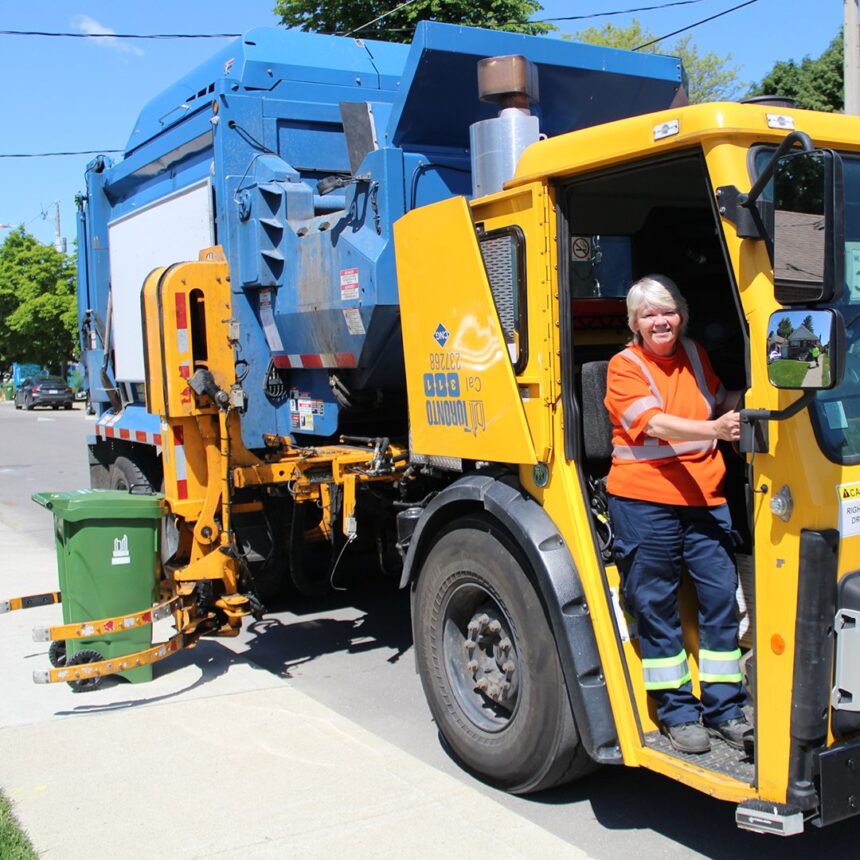The late morning June sun slants through the windows at Toronto City Hall as waste management officials shuffle through slides showing a troubling reality: the city’s Green Lane Landfill has less than 14 years of capacity remaining. With approximately 200,000 tonnes of residential waste traveling 200 kilometers to London, Ontario annually, city officials are quietly revisiting a controversial solution—waste incineration.
“We’re rapidly approaching a waste cliff,” explains Carlos Gutierrez, Toronto’s Solid Waste Management Director, gesturing toward a graph showing declining landfill capacity. “The time for decisions isn’t five years from now—it’s today.”
Toronto’s waste predicament isn’t new. After the closure of the Keele Valley landfill in 2002, the city purchased Green Lane near London for $220 million, a stopgap solution that temporarily relieved pressure. Two decades later, the city faces similar constraints but in a radically different environmental landscape.
The waste incineration proposal—officially termed “energy-from-waste” or EFW—would convert approximately 40% of Toronto’s non-recyclable waste into electricity, potentially extending landfill capacity while generating power. City documents obtained through municipal information requests suggest a facility processing 150,000 tonnes annually could power roughly 25,000 homes.
At Evergreen Brick Works, where community consultation sessions began last month, residents expressed mixed reactions. “I remember when we fought incinerators in the ’90s because of toxic emissions,” said Eleanor Maitland, a 68-year-old environmental activist who has opposed incineration for decades. “Now they’re back with fancier technology and a greener name, but my concerns remain.”
The city counters that modern incineration technology bears little resemblance to earlier iterations. Current European facilities employ multi-stage emission control systems that reduce pollutants by over 99% compared to plants from the 1980s. The Stockholm facility, frequently cited in city presentations, operates in a residential area and maintains emissions well below EU standards.
“This isn’t your grandfather’s incinerator,” insists Councillor Paula Rodriguez, chair of the Infrastructure and Environment Committee. “Modern facilities in Vienna, Copenhagen, and Stockholm serve as district heating sources while maintaining air quality standards stricter than ours.”
According to Environment and Climate Change Canada data, Ontario landfills emitted 8.6 million tonnes of methane in 2022, a greenhouse gas 28 times more potent than carbon dioxide. Incineration advocates argue that burning waste eliminates these emissions while reducing transportation impacts.
The proposal arrives amid shifting provincial waste policies. Ontario’s Waste-Free Act introduced in 2016 aimed to transition toward “circular economy” principles, though implementation has lagged behind targets. Meanwhile, neighboring Durham Region’s energy-from-waste facility has operated since 2016, processing 140,000 tonnes annually while meeting provincial emission standards.
Environmental organizations remain deeply divided. Pollution Probe has conditionally supported modern incineration technologies, while Environmental Defence maintains firm opposition, citing concerns about toxic byproducts and potential impacts on recycling rates.
“Every tonne burned is a tonne not recycled or composted,” argues Melissa Romero of Environmental Defence. “The real solution is waste reduction, not finding new ways to dispose of it.”
City data lends some credence to these concerns. Despite efforts to increase diversion rates, Toronto apartments and condominiums still send approximately 85% of waste to landfill. Single-family homes perform better at 53% diversion, but both fall short of the city’s 70% target established in 2016.
“We’re facing a perfect storm,” observes Dr. Calvin Thompson, environmental engineering professor at Ryerson University, who isn’t affiliated with the proposal. “Reduced capacity for international waste exports since China’s National Sword policy, limited landfill options, and growing populations all converge to create genuine pressure for solutions.”
The financial equation further complicates matters. Preliminary estimates suggest a modern incineration facility would cost between $350-500 million to construct—a significant investment during budget constraints. However, city financial projections indicate long-term savings through reduced transportation costs and potential revenue from electricity generation.
The timeline remains aggressive. City staff recommendations call for a final decision by early 2026, with potential facility completion by 2030—just as Green Lane’s capacity issues become critical. Consultations continue throughout summer across Toronto neighborhoods, with environmental assessment processes to follow.
For residents like Michael Chen, who attended the Scarborough community session, the issue transcends simple solutions. “I want my kids to inherit a clean city,” he said, “but also one that doesn’t ship its problems elsewhere. We created this waste—we should deal with it responsibly.”
As Toronto debates its waste future, the question extends beyond technical solutions to deeper considerations about consumption habits. With the average Torontonian generating nearly 400 kilograms of residential waste annually, city officials emphasize that reduction remains the most effective strategy, regardless of disposal methods.
“The best tonne of waste,” concludes Director Gutierrez, “is the one never created in the first place.”






